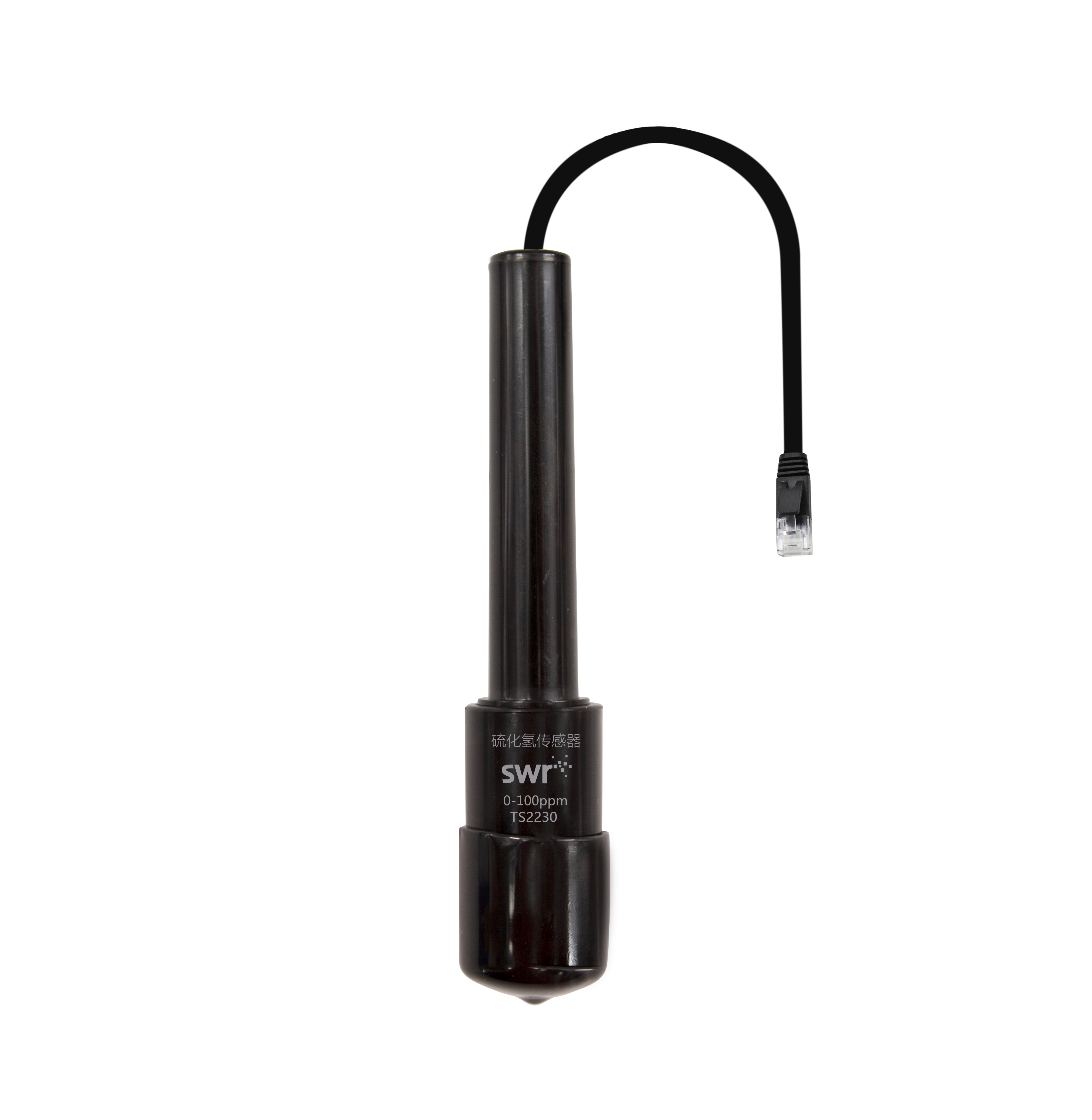Introduction
♦ The working principle of Hydrogen Sulfide Sensor is measuring concentration of gas by using electrochemistry. The probe consists of electrode and electrolyte. The electrolyte is separated by a selective gas-permeable membrane. The gas diffusing in sensor occurs redox reaction on the surface of electrode. Current is generated in the electrode. The value of current is corresponding to the concentration of gas. Sensor converts the signal in electrode into analog signal.
Usage
♦ Connect Hydrogen Sulfide Sensor to datalogger. Connect datalogger to computer.
♦ Open SWR iLab to create new experiment. Click ‘add line’ to create ‘Hydrogen-sulfide-Time’ coordinate. Set proper experiment time and acquisition interval such as 1min or 100ms.
♦ Expose Hydrogen Sulfide Sensor electrode in the air with hydrogen sulfide. Click ‘Start’ to collect data. Click ‘Stop’ to finish the experiment.
♦ Observe the experimental result.
Notes
♦ Hydrogen sulfide is a kind of colorless rotten egg smell poisonous gas. It is suggested to use Kipp gas generator and put on respirator during experiment.
♦ The electrode is gas-permeable membrane electrode. Try not to break the membrane when using the device.
♦ Add small quantity of ferrous sulfide in narrow mouthed flask. Add two drops of dilute sulphuric acid. Small quantity of hydrogen sulfide will be produced.


